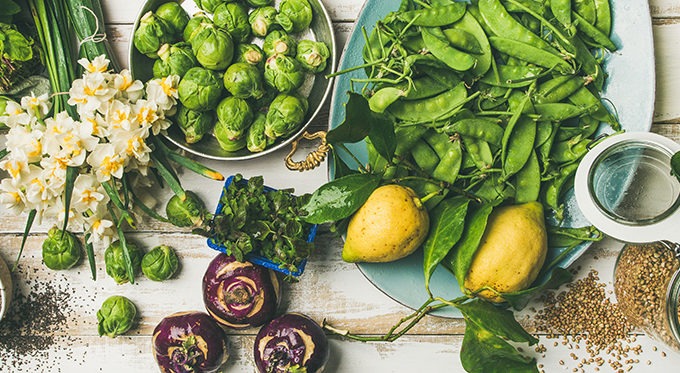Does your diet need a spring clean?
We’ve all been hibernating a bit more than usual this past winter, and when you’re spending so much more time at home – with the fridge just sitting there staring at you, and comfort food only a click on your phone away – it’s easy to slip into some bad food habits. So if your diet needs a bit of a spring clean – whether you want to lose some coronakilos or are simply looking to nourish your body a tad better – you’re in the right place. We’ve got some expert advice to help you clear out those chip-crumb-coated cobwebs thanks to Youfoodz dietitian Tess Keightley. She shares her top ways to hit “refresh” on your diet so you can blossom into spring like the beautiful flower that you are.
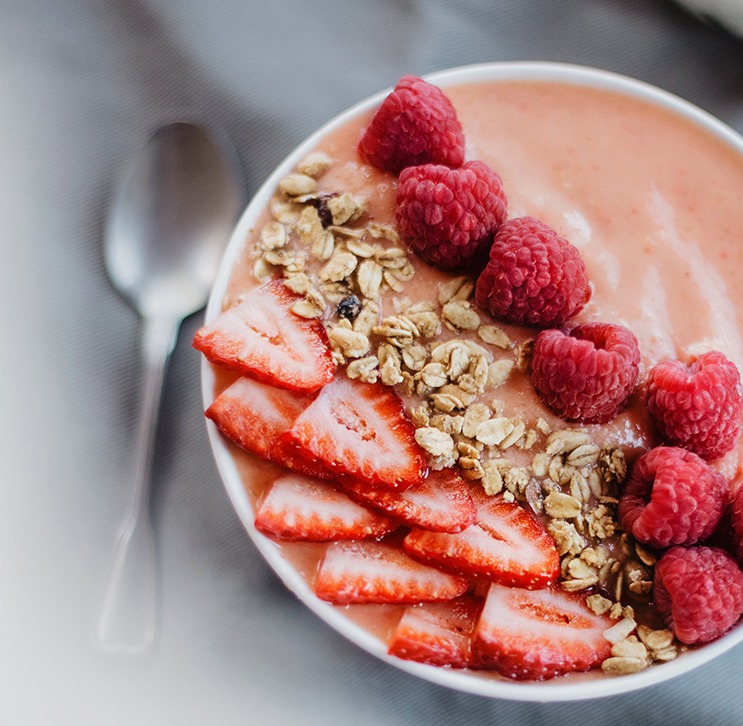
Eat breakfast, and include some protein
Enjoying a healthy breakfast helps to kick your day off with a win. When you start your morning with a nourishing meal, you’ll feel so good, you’ll be more likely to stay on track for the rest of the day. Research also shows that people who skip breakfast are more likely to overeat later in the day. To keep your energy levels up and cravings down through to lunchtime, Keightley says you should make sure to include a protein source at breakfast.
“One of my favourite breakfast options is eggs on wholegrain toast with some avocado,” she says. “Or if you’re after something a little lighter, try some protein oats.”
Make some oats with the milk of your choice. Top them with protein-rich hemp, chia or flaxseeds. You can even try mixing in some protein powder for added protein power
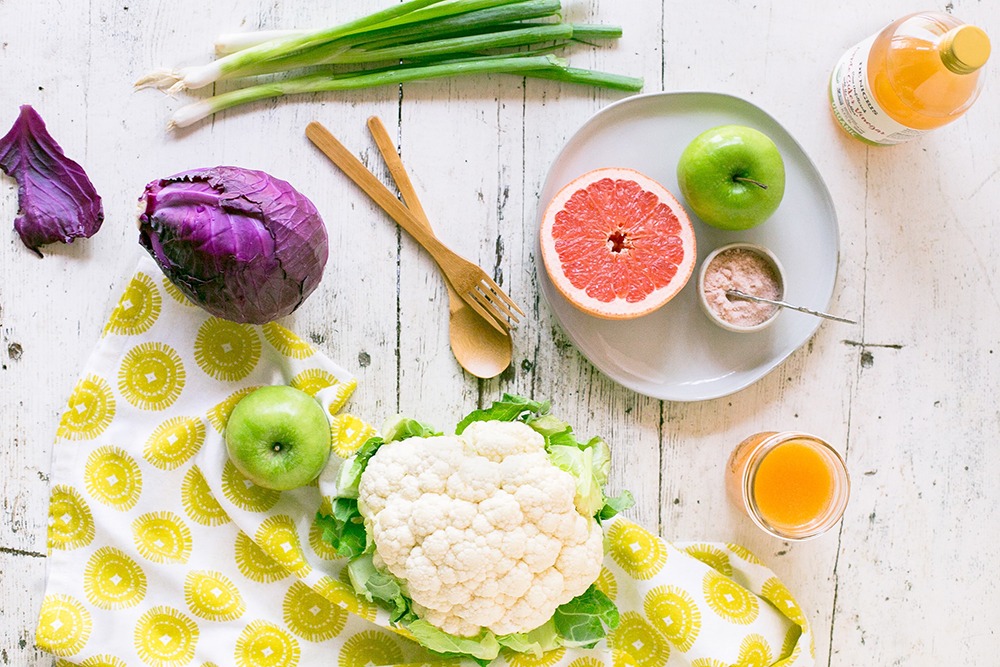
Eat in season and in colour
Avocados, bananas, citrus fruits, grapes and berries are all coming into season. Eating in season is a pretty smart diet hack. Seasonal produce is higher in vitamins and minerals as it’s been allowed to follow its natural growing and ripening cycle.
“Each time you have a meal, try to eat as many colours as you can,” Keightley says. “Think: eat the rainbow. This will ensure you get a range of different nutrients in each meal.”
Consider a meat-free Monday
Having a meat-free meal once a week can help to improve your health. It’s also a relatively simple way to ease yourself into eating a more plant-based diet.
“Research has shown that including more plant-based foods in the diet may help to reduce the risk of developing cardiovascular disease,” Keightley says. “It’s also a good way to get more fibre into your diet.”
Adapting your meals can be as simple as swapping out an animal protein for some tofu, tempeh or beans. You can also try one of the plant-based meat alternatives available. Or, if going completely meat-free is not something you or your family is ready for, try swapping out some of the meat in your recipe with a plant-protein blend.

What should I be eating, and how much?
Everyone’s food intake requirements vary, and depend on a few different factors. Things like your age, sex, gender, height, what you do for work and your activity levels all play a part.
“Your needs will also change depending on what you want to achieve,” says Keightley. “For instance, are you on a weight loss journey? Or do you want to gain muscle?”
Rather than counting calories, focus on improving the quality of your diet. Keightley recommends eating a balanced diet based on predominantly whole foods.
Proteins
Protein is essentially the building block of the body. It’s the main component of muscles, bones, skin, hair and nails. It also provides our body with nutrients such as iron, zinc and B vitamins. Keightley says you can choose sources like eggs, chicken, fish, beef and lamb; or go for plant-based alternatives such as tofu, nuts and seeds.
Carbohydrates
Carbs give your body energy, so you need to keep them on the menu, especially if you live an active lifestyle. Keightley recommends you aim for wholegrain and high-fibre sources. Think beans, brown rice, quinoa, lentils, oats and wholegrain bread.
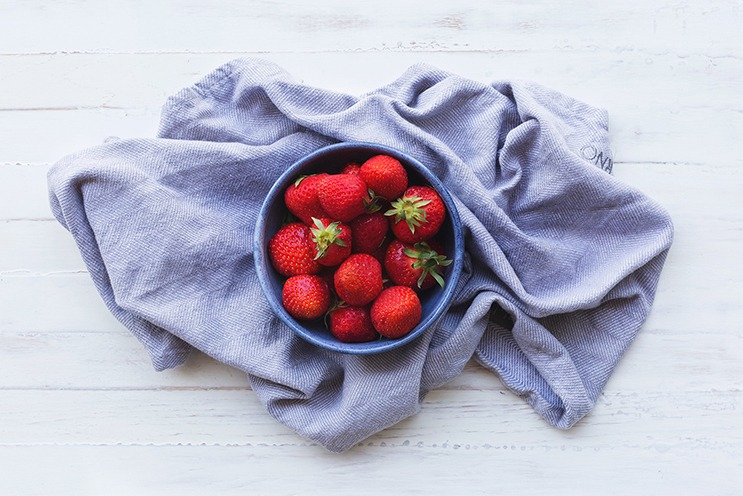
Fruits
Fruit is the perfect snack. It contains fibre, which helps you feel more satisfied, aids digestion and gives you vitamin C to help strengthen your immunity. Aim for two pieces of fruit a day. And mix it up – there are so many great options in season right now.
Vegies
“Eating an abundance of vegies is essential for anyone looking to optimise their health,” says Keightley. “A good goal is to aim for some vegetables with each main meal during the day. And again, eat the rainbow. See how many colours you can get on your plate.”
Dairy
Dairy is a great source of calcium, needed for strong bones and teeth, Keightley says. If you don’t already, try adding a little cheese, yoghurt or milk to your daily diet.
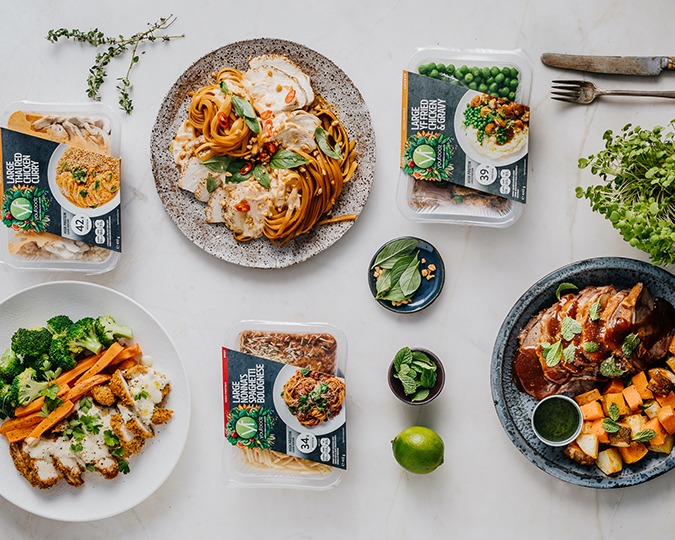
Make a strong start for better success
If you are wanting to shift some extra weight, kicking things off in earnest will work in your favour. New analysis by the CSIRO has revealed that a stronger start in the first three weeks of a diet is linked to greater weight-loss success in the longer term.
The study of more than 22,000 CSIRO Total Wellbeing Diet members showed those who started the strongest in the 12-week program were able to lose one kilo or more per week for the first three weeks; and overall achieved three-and-a-half times greater total weight loss than those who had a slower start to their efforts.
Lead CSIRO research scientist Dr Gilly Hendrie says structure, preparation and self-monitoring were the key characteristics demonstrated by the most successful members.
The study found people who lost the most weight in the first three weeks and achieved longer-term results allowed themselves an average of two days to prepare for the program and used the online planning and self-monitoring tools 50 percent more than other users.
In those first weeks, they weighed in almost twice per week, checked their meal plan and tracked the food in each meal three times a day. In fact, they used the online tools as much as six times a day in their first three weeks of the program.

“Allow two days to organise yourself before you start a weight-loss program, including purchasing food and getting familiar with meal plans,” Dr Hendrie says.
“This sets you up for regular check-ins – we found the most successful weight loss occurred when people viewed their meal plans, used the food tracker, looked up foods every day and weighed in regularly to stay engaged and accountable.”
Thanks to these findings, the CSIRO Total Wellbeing Diet has introduced a new enhancement – the Interactive Start Strong Guide, which provides step-by-step instructions for getting off to the best possible start on the 12-week program.
“At a time when we are using digital platforms more than ever, the CSIRO Total Wellbeing Diet provides a strong framework to support this early and sustained weight loss – while also fitting into the habits of our new normal,” Dr Hendrie says.
To find out more about the new and improved CSIRO Total Wellbeing Diet head to totalwellbeingdiet.com
Youfoodz ready-made meals are chef-prepared and specifically designed to give you a balanced mix of proteins, carbohydrates, healthy fats and vegies. You can buy them online, or find your nearest stockist on the Youfoodz website.


